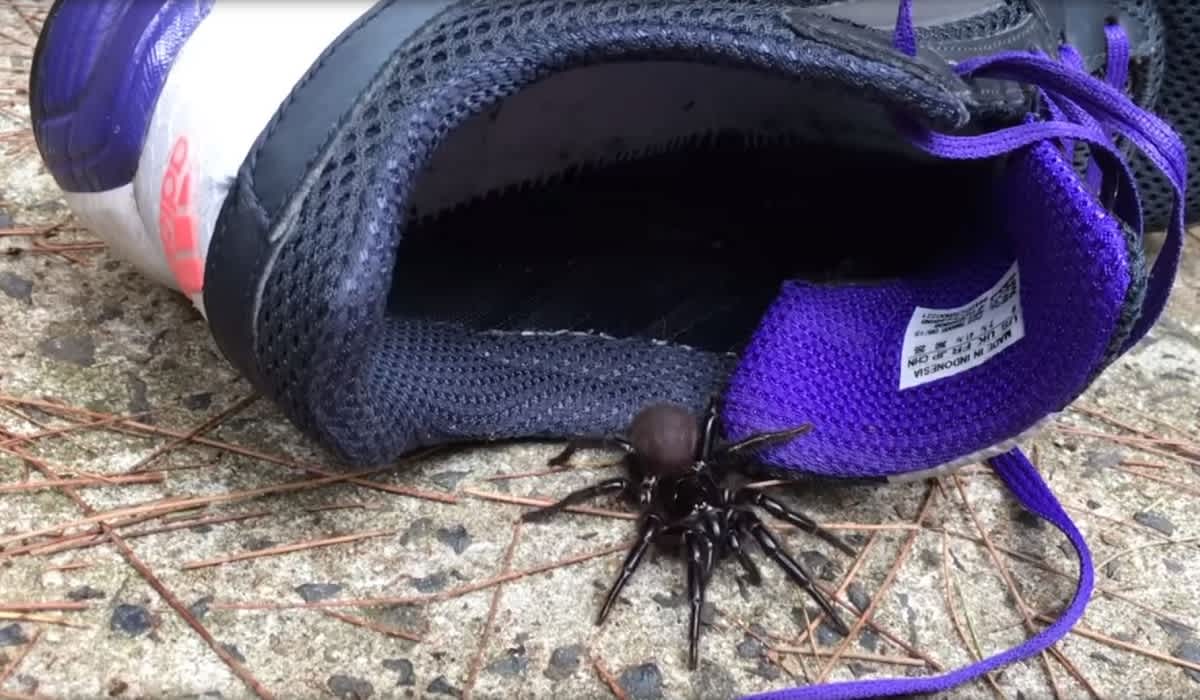Dangerous Funnel-Web Spiders are Australia’s Latest Concern
OutdoorHub Reporters 01.29.20

After weeks of horrifying devastation caused by wildfires, tempered only by torrential rain fall, residents in Australia are now being warned about dangerous funnel-web spiders infiltrating their homes.
With the combination of scorching hot days followed by heavy rain, experts say this creates the perfect conditions for funnel-webs to thrive.
“The reason funnel-web spiders are more likely to move around in rain is that it’s cooler and the humidity is higher,” Reptiles and Spider Keeper at The Australian Reptile Park, Jake Meney said. “This time of year when you get those afternoon storms, you’re more likely to encounter them.”
According to Australian news outlet 10Daily, there are 40 different types of funnel-web spiders living in Australia, with the Sydney funnel-web being the country’s most deadly arachnid.
Atracidae is a family of mygalomorph spiders, commonly known as Australian funnel-web spiders or atracids. Spiders in the Atracidae family are medium to large in size, with body lengths ranging from 1 to 5 cm (0.4 to 2.0 in). Some atracids have relatively long spinnerets; this is especially true of the Sydney funnel-web spider.
Male funnel-web spiders are much more dangerous than the females and are often found inside homes located close to bushlands where the spiders live. They are most likely to be hiding in damp places such as garages, laundry rooms or even inside shoes (sorry).
“The males get really adventurous when they’re trying to find a female and will wander large distances. That’s when they come into backyards, swimming pools and occasionally houses,” Meney said.
These particular spiders have fangs that point straight down, rather than towards each other. They have ample venom glands that lie entirely within their chelicerae. Their fangs are large and powerful, capable of penetrating fingernails and even soft shoes.
Although these spiders are considered “deadly,” there has not been a death caused by a funnel-web since the 1980’s, when the anti-venom was released to hospitals.

